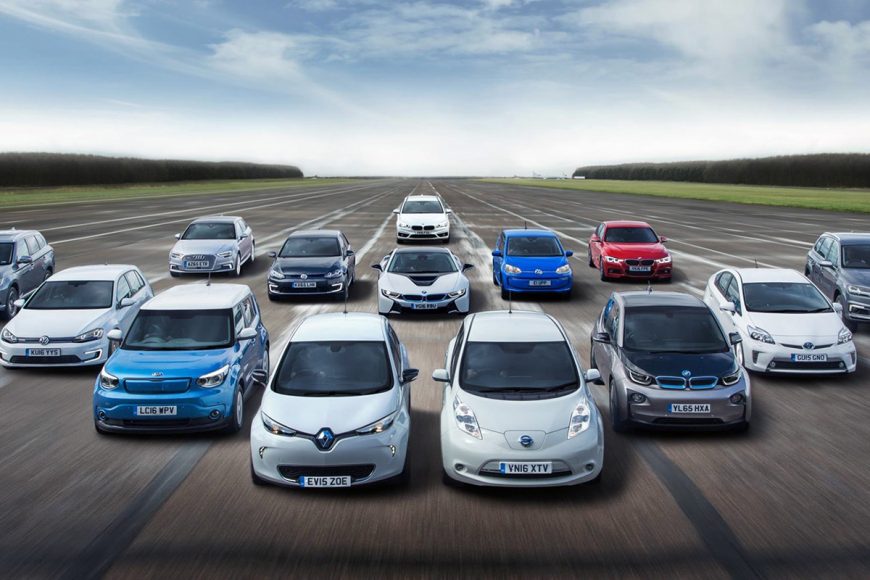- 01/07/2020
- By Liubov Chayeva
- In News
- 5830
- 0

The car industry is going through an electric revolution. Electric vehicles (EVs) are taking over the roads. And if cars change, so does mobility. Most car conversions were developed for cars with internal combustion engines. Therefore adapting vehicles for differently abled drivers and/or passengers presents the members of the European Mobility Group with some challenges, but also with interesting opportunities.
Internal combustion engines (ICE) have been around for 220 years now, and they’re highly evolved. Even though electric motors are only 40 years younger, their rapid development didn’t start until recently. And yet the thermal efficiency of electric motors is already far superior to ICEs. Thermal efficiency is how much energy (like gasoline or electricity) is converted into motion, and electric motors are 2-3 times more efficient.
Is the future battery-powered?
Of course nobody knows exactly what the future brings. And let’s face it, battery-powered cars have disadvantages. Batteries are heavy, charging times are long and if you’re not near a charging station, you can’t ‘refuel’ an empty battery with a jerry can. Many believe that hydrogen powered cars are the long-term solution, which could be true. But make no mistake, those are electric vehicles too. Instead of batteries, hydrogen vehicles have fuel cells to produce electricity, but the rest of the vehicle is basically the same. Therefore if, or when, fuel cell technology is sufficiently developed to replace battery power, it won’t be a revolution. Because the systems are so similar, it will be an evolution. For the short to medium term though, most EVs will be battery-powered.
How does the Electric Revolution affect car conversions?
Members of the European Mobility Group manufacture a wide range of products, and the electrification of the car conversions affects various products differently. For example, many EVs have electronic gas pedals, no gears and can be stopped by releasing the gas. Obviously this creates both advantages and challenges for the design of hand controls. Another example is the lowering of a car floor to create more interior height. If this floor houses batteries where there used to be an axle, gas tank and exhaust, it requires a different concept. It’s not necessarily better or worse, just a new challenge.
Battery packs make EVs relatively heavy. If you realize that modifications like swivel seats, wheelchair lifts or extra seats add even more weight, this can create new challenges. It could even make a vehicle exceed its Gross Vehicle Weight (GVW).
Modifications that are powered by the vehicle’s battery pack can negatively affect the EV’s range. So while some solutions should focus on range, others must emphasize weight. These are situations that can be addressed by bespoke modifications. Probably more so than in the times of internal combustion engines.
A new mindset
The popularization of EVs doesn’t only challenge EMG members, it also requires a different mindset for EV drivers. “Range Anxiety” is too big a word, but drivers do need to be aware of their vehicle’s limitations and adopt a certain recharge-discipline. For instance, don’t get lunch wherever and fuel whenever, sometimes drivers may need to plan their schedule around a charging point. And EMG members, or even rule makers, will sometimes need to educate the drivers.
The Electric Revolution is already here, but we’re in it together. So manufacturers, rule makers and drivers need to communicate and cooperate towards the common goal of electric mobility.
by Eltjo Nieuwenhuis